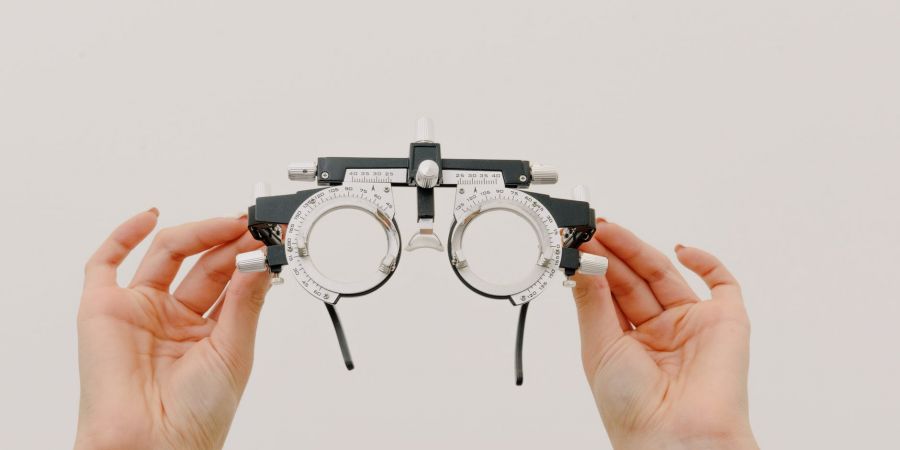

Refractive errors are a type of vision problem that makes it hard to see clearly. They happen when the shape of your eye keeps light from focusing correctly on your retina (a light-sensitive layer of tissue in the back of your eye). Refractive errors are the most common type of vision problem.
Nearsightedness (myopia) : Nearsightedness makes far-away objects look blurry. It happens when the eyeball grows too long from front to back, or when there are problems with the shape of the cornea (clear front layer of the eye) or the lens (an inner part of the eye that helps the eye focus). These problems make light focus in front of the retina, instead of on it.
Nearsightedness usually starts between ages 6 and 14. Children who spend more time outdoors during these years are less likely to develop nearsightedness, but experts aren’t sure why.
Severe nearsightedness (also called high myopia) can increase the risk of other eye conditions, like retinal detachment (when the retina is pulled away from its normal position).
All refractive errors will make your vision worse. In addition to having trouble seeing clearly, your symptoms might include:
Treatments for refractive errors include:
Usually, your eye care specialist will prescribe you glasses or contacts before you have vision correction surgery. However, you might be a good candidate for vision correction surgery right away. Talk to your eye care specialist about which treatment will work the best for you.
There’s usually nothing you can do to prevent a refractive error from developing in your eyes. Because they’re caused by the shape of your eye, cornea or lens — or changes to these parts of your eyes — there’s no way to prevent refractive errors. There’s also nothing you can do to prevent your child from being born with a refractive error.
Having your eyes and vision checked regularly can help your eye care specialist identify problems right away. How often you should get your eyes checked usually depends on your age:
You might need your eyes checked more often than this if you wear glasses, contacts or need another type of visual aid. People with diabetes need their eyes checked more often than what’s listed here.
Ask your eye care specialist how often you need an eye exam.
